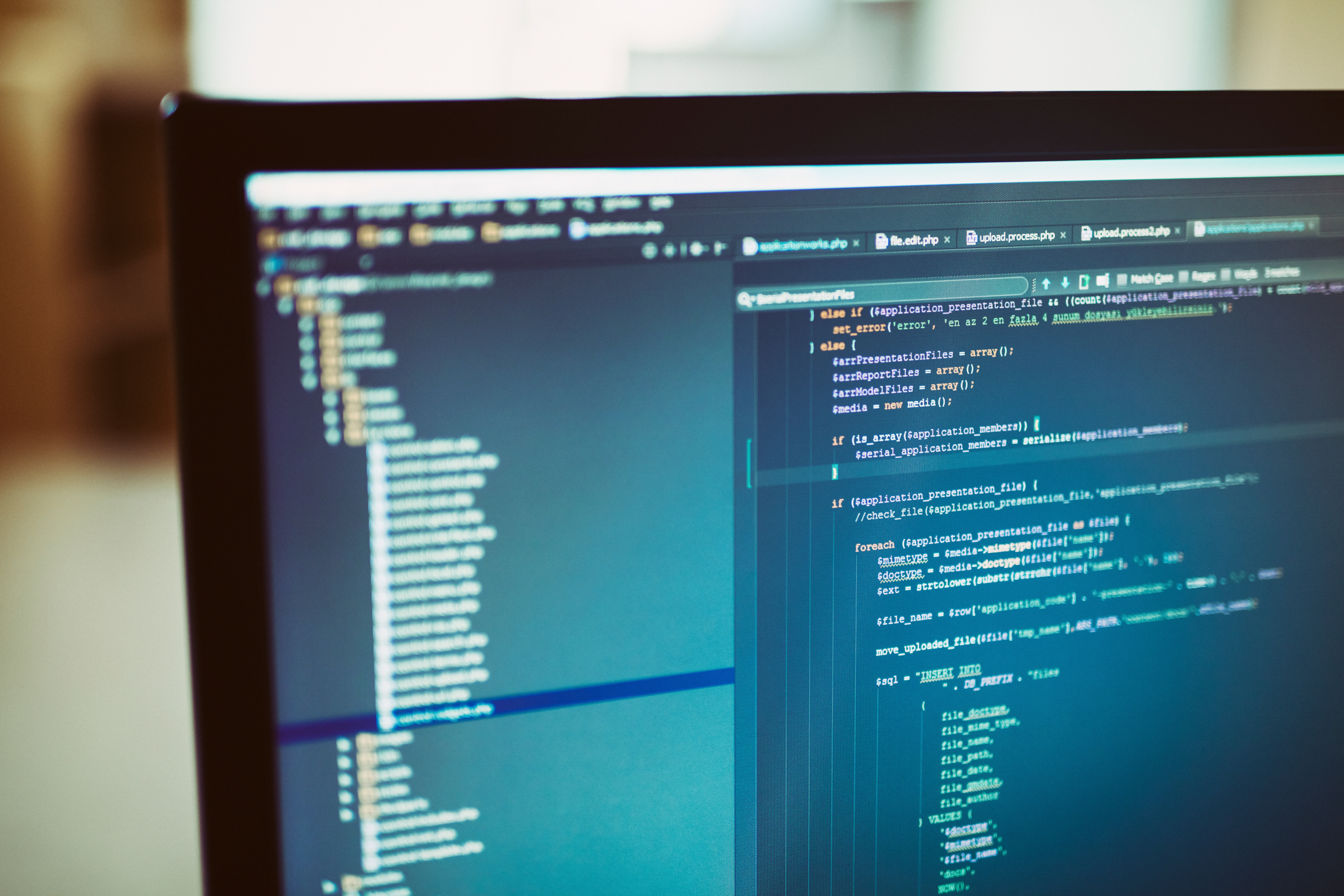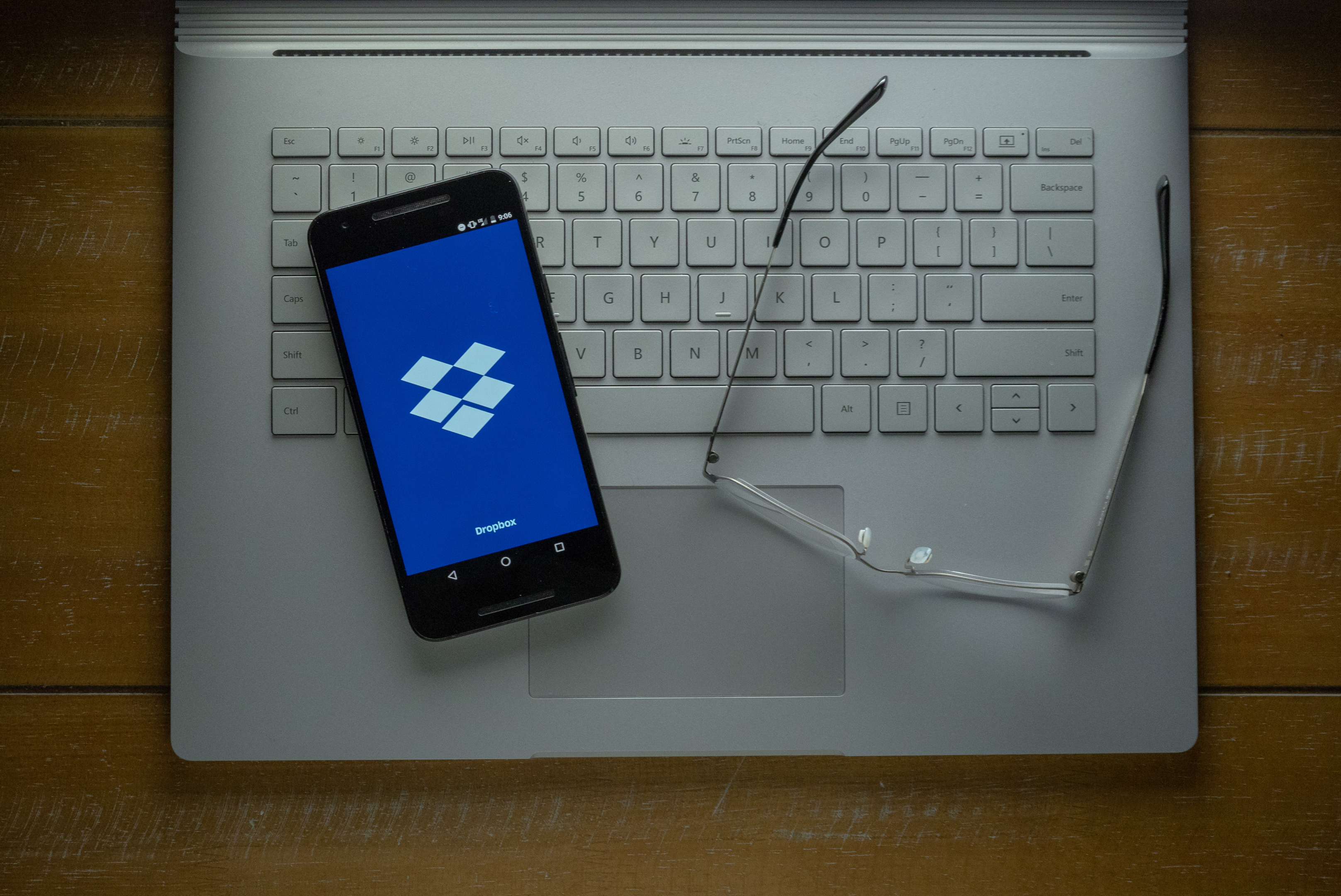Python is considered by many to be one of the coolest programming languages out there. From its birth in the late ’80s to its rockstar status today, Python’s story is nothing short of a tech blockbuster. It’s in our web development, data science, AI, you name it — Python’s pretty much everywhere!
Python was created in the late 1980s by Guido van Rossum at Centrum Wiskunde & Informatica (CWI) in the Netherlands. The language was designed as a successor to the ABC programming language. Its development officially began in December 1989, paving the way for a new era in the programming world.

Over the years, Python has evolved into a multi-paradigm programming and scripting language. It’s straightforward, has an elegant design, and has a vast array of Python libraries and frameworks that continue to attract programmers. In this article, we will discuss the birth and evolution of Python.
Let’s get into it!
Who Created Python?
A question that often comes up every now and then is who created the Python language.
Back in the 1980s, Guido van Rossum saw the need for creating a programming language that could allow programmers to express complex concepts in a few lines of code.
Dominant languages like C++ and Java would limit the development of robust systems as learning these languages would require years of learning and practice. Implementing solutions was another hurdle for programmers.

Rossum came up with a programming framework that was easy to understand and fun to use. Fun is a great motivator, so many find coding in Python a satisfying experience.
The first version of Python was released by van Rossum on February 20, 1991, marking the beginning of the language’s journey toward becoming a preferred choice for programmers.
Python’s emphasis on code readability and its efficient syntax enabled programmers to express complex concepts in fewer lines of code.
It had the unique capability of exception handling and interfacing with the Amoeba operating system. This contributed to its rapid adoption in many fields such as web development, data analysis, and artificial intelligence.
The creation of Python gave birth to a new trend in programming. This trend was motivated by user-friendliness, efficiency, and versatility.
The philosophy behind Python is summed up in “The Zen of Python,” a collection of software design principles emphasizing clarity, simplicity, and readability.
Where was Python Created?
Python was created in the late 1980s at Centrum Wiskunde & Informatica (CWI) in the Netherlands.
CWI is the national research institute for mathematics and computer science in the Netherlands. It has a long history of research in several areas including data science, cryptography, software engineering, and quantum computing.
Python’s implementation began in December 1989 by Guido van Rossum as a successor to the ABC programming language.
How Did ABC Programming Language Influence the Creation of Python?
ABC was designed as an alternative to BASIC, with the primary goal of making it easy to teach programming to beginners. However, ABC provided more data types and high-level abstractions than BASIC, making it more powerful.
Features like indentation to define code blocks, the use of English keywords, and data types such as lists, dictionaries, and sets were all part of ABC before they were part of Python.

Guido van Rossum took a number of the ideas from ABC that he found useful, such as the focus on code readability and the use of indentation, and incorporated them into Python.
However, he also aimed to overcome some of the perceived shortcomings of ABC, such as its lack of extensibility and not being suited to scripting or glue code.
Python was intended to be a language for everyday tasks, allowing for short development times. Like ABC, it was designed to be easy to read and write, but unlike ABC, it was also meant to be a ‘real’ programming language that could interface with other languages and be used to create large systems.
How Did Python Evolve Over the Years?
The motive behind the creation of Python was clear: a more user-friendly, efficient, and versatile language that prioritizes code readability and productivity.
The motive remains clear to date, and Python continues to attract programmers due to its unique features. In fact, it’s a preferred language for beginner programmers as it has all the features found in any other programming language and is easy to understand and implement.

In this section, we’ll discuss the evolution of Python over the years to become the high-level programming language we know today. The timeline of Python versions is listed below:
- Python 0.9.0
- Python 2.0
- Python 3.0
- Python 3.9
Let’s explore each of these versions in the sections below:
1. Python 0.9.0
Python 0.9.0, the first release of the language, was introduced on February 20, 1991.
The name “Python” was inspired by the British comedy group Monty Python because van Rossum was a fan of Monty Python’s Flying Circus. In fact, there are numerous playful Monty Python references throughout the language and community that you may discover as you learn the language.
Python 0.9.0 introduced several features that are still present in modern Python, such as:
- The Python interpreter
- Exception handling
- Key data structures like list, dict, and str.
Python’s syntax allowed programmers to express concepts with fewer lines of code compared to other dominant functional programming languages such as Java or C++.
2. Python 2.0
Released on October 16, 2000, Python 2.0 introduced several improvements and new features.
List comprehensions were added to make functional programming more convenient. Other functional programming tools, such as lambda, map, and filter, were also included in Python 2.0, allowing developers to write versatile code.
Python 2.0 marked an essential change in the development process. The language is now being managed by the Python Software Foundation (PSF), a non-profit organization established to promote, protect, and advance Python.
3. Python 3.0
Python 3.0 was released on December 3, 2008, bringing significant changes and improvements to the language. It was designed to be a more efficient and consistent version of Python but wasn’t backward compatible with Python 2.x code.
Key changes included:
- A restructured print() function
- The removal of the reduce() function
- The introduction of keyword arguments.
Python 3.0’s release encouraged the development of various web development frameworks, like Django. This allowed developers to build web applications quicker and more efficiently.
4. Python 3.9
The most recent version of Python is Python 3.9. This version further solidified Python’s position as one of the most popular programming languages.
Python 3.9 introduced new syntax features, such as the “walrus operator” (:=), and improved existing data structures and libraries.
Python’s evolution has been marked by its focus on readability, simplicity, and versatility, making it an ideal language for many software development tasks, from web development to data analysis.
What Are the Key Features of Python?
In the sections above, we touched that Python is distinguished among programmers due to its unique features.
Let’s explore what these features are and how it encourages efficient development.

Some of the key Python features are:
- Syntax and Readability
- Functional and Object-Oriented Programming
- Built-In Modules and Libraries
- Dynamic Typing and Data Types
1. Syntax and Readability
Python boasts a simple and clean syntax that emphasizes readability. Its straightforward coding style often translates to reduced development time and costs compared to other languages.
Python code has clear indentation rules, which eliminates the need for curly braces as in languages like JavaScript. This elegant syntax promotes easy learning for beginners and ensures maintainable code in the long run.
2. Functional and Object-Oriented Programming
Python supports both functional and object-oriented programming models. It offers features for defining functions, classes, and inheritance.
Python also uses functional programming techniques to incorporate powerful built-in tools like list comprehensions and lambda functions.
Its versatile nature allows developers to choose the best approach for their particular use cases, including machine learning, data analysis, and scientific and mathematical computing.
3. Built-In Modules and Libraries
One of the many strengths of Python lies in its extensive collection of modules and libraries.
These built-in resources cover a wide array of functionalities. They range from standard libraries like math and datetime to more specialized ones like NumPy for scientific computing and pandas for data manipulation.
Python’s package manager, pip, also grants access to third-party libraries and frameworks, expanding its capabilities.
4. Dynamic Typing and Data Types
Python is a dynamically typed language, meaning variables are not explicitly declared with specific data types. This feature allows for greater flexibility and ease of use, especially for scripting tasks.
Python’s built-in data types include primitives, like integers, floats, and booleans, as well as more complex data structures, such as lists, tuples, dictionaries, and sets.
Python also provides exception-handling mechanisms and features like type hinting in Python 3.9 to ensure code reliability.
By incorporating these key features, Python has become popular worldwide for developers – from scripting to web development, data analysis, and machine learning.
Python in Industry
Python is a preferred programming language among some of the top industries. In this section, we will look at the industrial applications of Python.

We’ll explore where Python is used to help you better understand the uniqueness of Python.
Specifically, we’ll discuss the following:
- Google and Dropbox
- Facebook and Cisco
- NASA and DARPA
1. Google and Dropbox
Python is a reliable and important tool for tech giants such as Google. Since its inception, Google has been using Python for various applications due to its simplicity and ease of deployment.
They even enlisted Guido van Rossum, Python’s creator, to work at Google from 2005 to 2012, solidifying Python’s role in the company.
Dropbox also heavily relies on Python for maintaining its file synchronization and cloud storage services. Dropbox hired van Rossum in 2013 after he left Google, where he continued contributing to Python’s development until his retirement.

2. Facebook and Cisco
Facebook utilizes Python for various purposes, including data engineering and infrastructure management. Python’s flexibility and support for parallelism make it ideal for dealing with extensive data sets and high-traffic websites like Facebook.

Similarly, Cisco employs Python for multiple tasks such as network automation, configuration management, and test automation. Python’s readability and efficient syntax allow for streamlined code development and maintenance. This makes it an invaluable tool for Cisco’s engineering teams.
3. NASA and DARPA
Python has also found its way into government agencies and research institutions like NASA and DARPA. NASA utilizes Python for many projects, including data science, simulation, and analysis tasks.
Python’s well-established libraries for scientific computing, such as NumPy and SciPy, provide tools for researchers and engineers.

DARPA has adopted Python for developing complex software in advanced projects like machine learning, robotics, and cybersecurity. Python’s versatility and clarity make it a natural fit for tackling the challenges and cutting-edge research found in such organizations.
Python and the Programming Community
When discussing the creation of Python, it is crucial to mention the Python community. Python has grown to become an influential programming language in web development, data science, and artificial intelligence.
This growth can be attributed to the open-source nature of Python and the active and continuously expanding community.

Three entities guide the enhancement in Python:
- Python Software Foundation
- Benevolent Dictator for Life (BDFL)
- The Zen of Python
1. Python Software Foundation
The Python Software Foundation (PSF) is a non-profit organization responsible for managing the Python programming language.
It supports and promotes the language’s development and proliferation, catering to the needs of the Python community.
The PSF encourages contributions from developers worldwide and has been instrumental in adopting Python by organizations such as Dropbox.
2. Benevolent Dictator for Life (BDFL)
Guido van Rossum, Python’s creator, held the title of Benevolent Dictator for Life (BDFL) until his retirement in 2018.
As the BDFL, van Rossum guided and provided a vision for the language’s development. His openness to contributions from the community allowed Python to grow at a rapid pace and become the versatile language it is today.
The BDFL model emphasizes the importance of having a single decision-maker collaborating with a dedicated community, ensuring the language’s continuous improvement.
3. The Zen of Python
To guide Python’s development, van Rossum developed “The Zen of Python,” a collection of aphorisms that reflect the language’s design principles.
Key principles include simplicity, readability, and clarity. Inspired partly by Monty Python’s Flying Circus humor, the language encourages an engaging and enjoyable user experience, fostering a sense of community among developers.
The Zen of Python captures the language’s essence, shaping the Python community’s approach as they continue to contribute and develop the platform.
Learn how to use Python by watching the following video:
Final Thoughts
Understanding when and why Python was created gives you a clearer perspective on its purpose and design philosophy. By knowing its history, you get a sense of Python’s evolution and its significant impact on programming.
The origins of Python, designed to prioritize readability and efficiency, can help you appreciate why it’s such an accessible language for beginners, yet powerful enough for large-scale applications.
This knowledge adds value because it emphasizes Python’s key strengths and can guide your learning or development process.
In a world increasingly driven by data and digital innovation, mastering Python skills can unlock new opportunities, improve problem-solving skills, and elevate your technological literacy.
Frequently Asked Questions

When did Python gain popularity?
Python is a popular programming language that rose to fame in the early 1990s. In January 1994, version 1.0 was released, and a separate Usenet group for Python was created.
This marked a milestone in the history of Python, and it has since continued to grow in popularity across various fields in the world of technology.
What is the origin of Python’s creation?
Python was created by Guido van Rossum in 1989 as a successor to the ABC language.
While working at the Centrum Wiskunde & Informatica (CWI) in the Netherlands, he developed the language. The first public release of Python occurred in 1991.
How does Python’s creation compare to other programming languages?
Around the time that Python was created, several other dynamically typed and interpreted coding languages were also being developed, such as Perl and Ruby.
This shows that the need for a flexible, readable, and easy-to-use language was in high demand in the late 1980s and early 1990s.
What milestones occurred in Python’s history?
Some notable milestones in Python’s history include the release of version 1.0 in January 1994, the creation of the Python Software Foundation in 2001, and the introduction of Python 3.0 in December 2008.
Python has continued to evolve throughout its history, with various features and improvements being added in each new release.
What motivated the invention of Python?
Rossum created Python as a response to the limitations and unnecessary language constructs he observed in the ABC language. He sought to develop a language that was more open and accessible to a wider audience, with a focus on readability and simplicity that makes it easy to write code.
Python’s design philosophy emphasizes code readability and ease of use, making it an attractive language for beginners and experienced programmers alike. Anyone can quickly learn Python with a basic Python tutorial.








